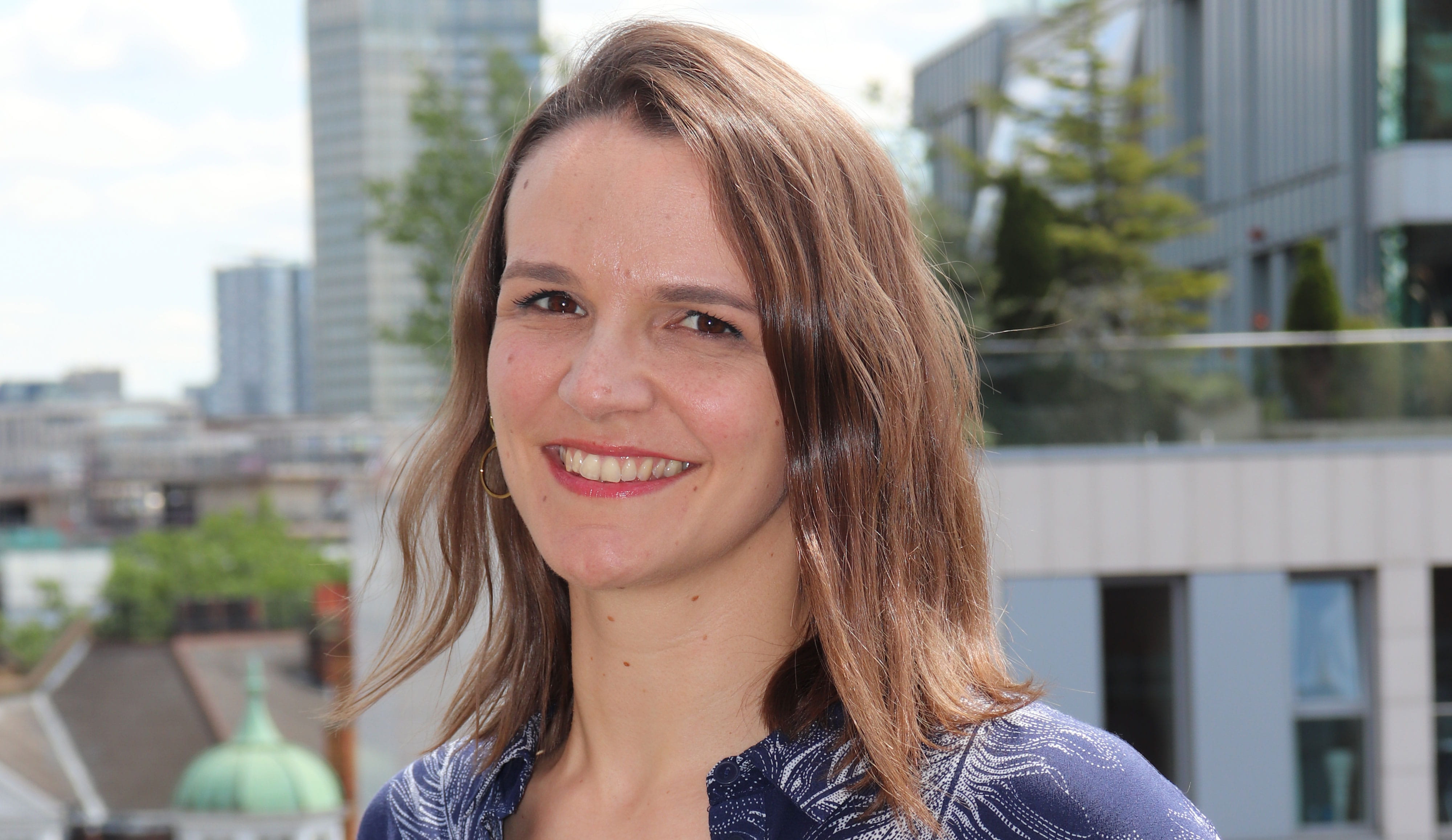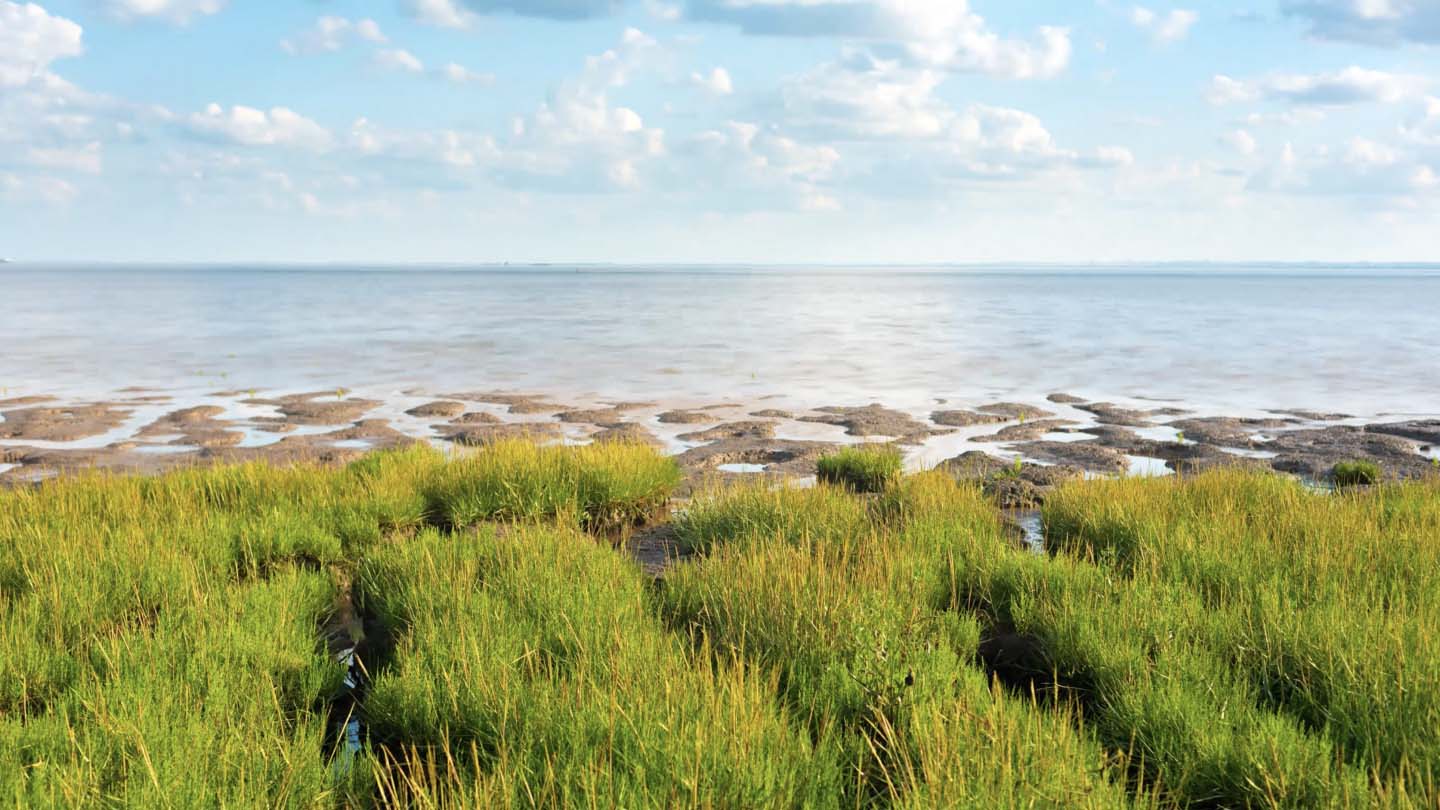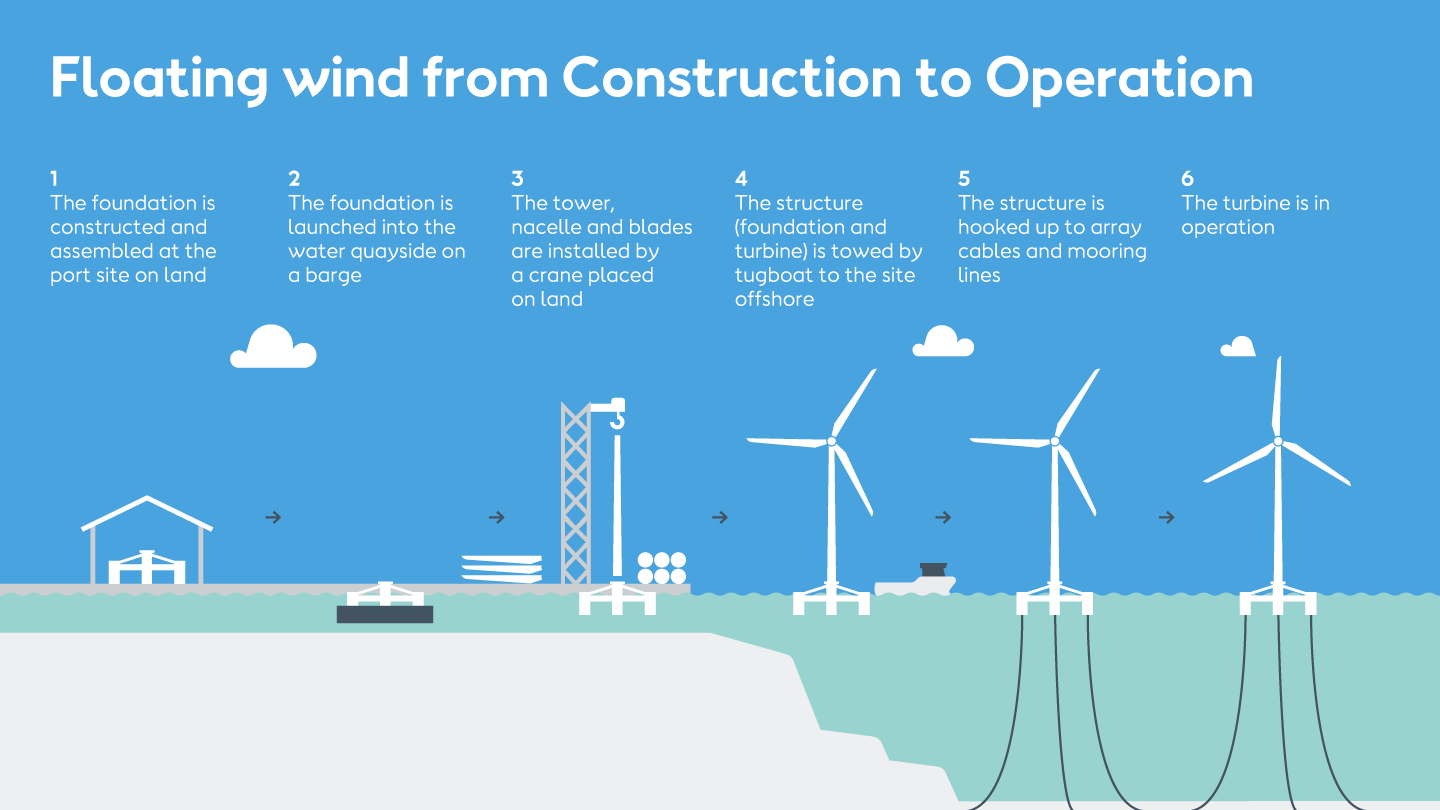Hornsea 2: The world's largest wind farm
- 165 wind turbines
- 1.32 GW of clean energy
- 1.4 million homes powered
Its 165 turbines will have a total capacity of 1.3 GW – that’s enough to power over 1.4 million UK homes with clean, renewable electricity.
But completing the pioneering project about 90 kilometres off the Yorkshire coast in the middle of a global pandemic was no easy feat.
The Herculean task required visionary leadership, perseverance, and incredible teamwork.









